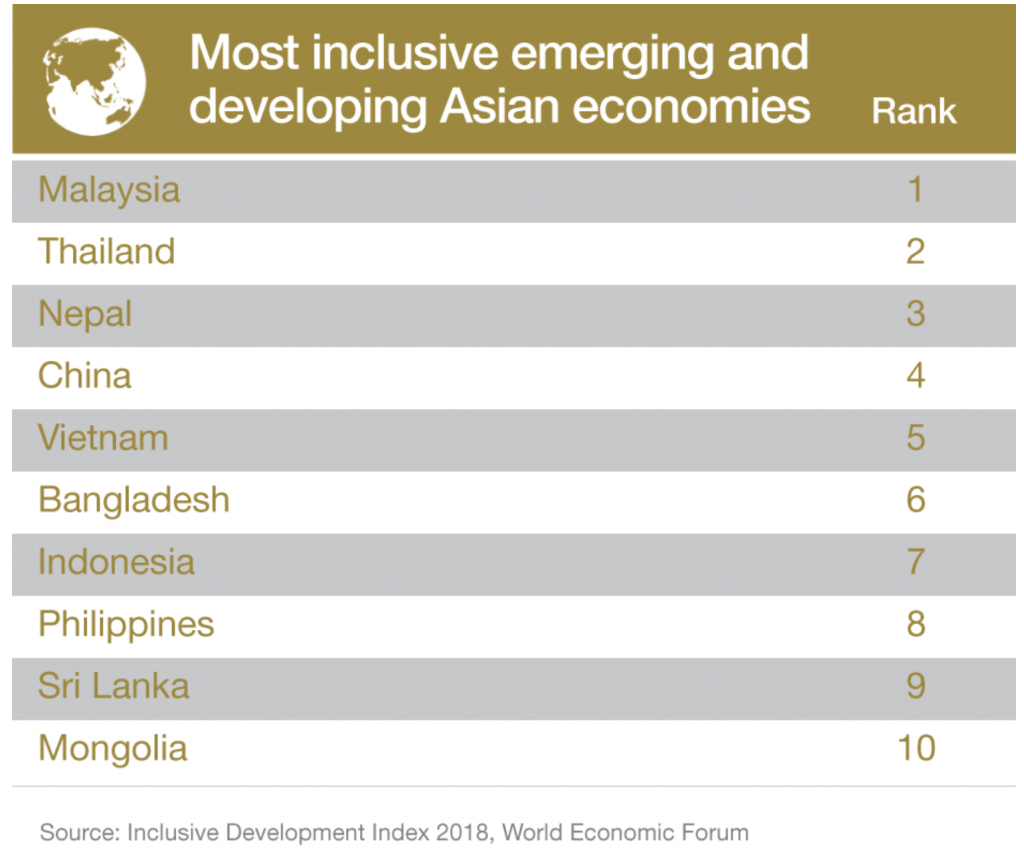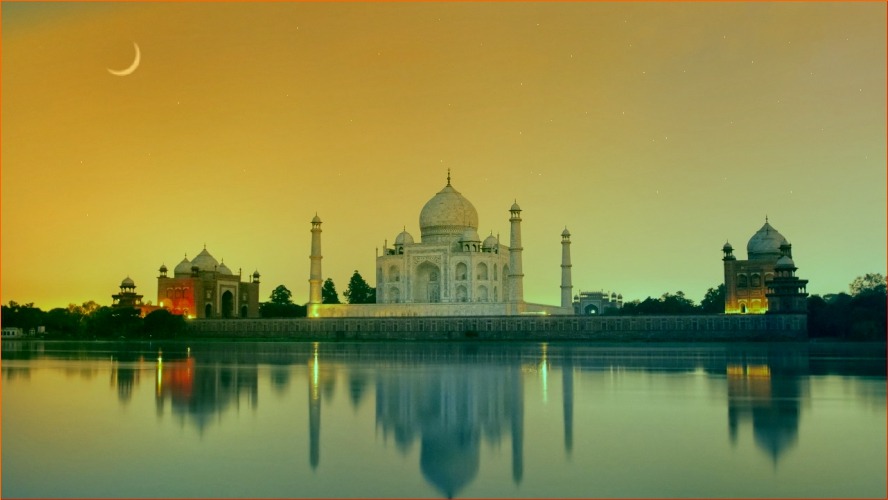Inclusive Development Index ranks India 62 out of 74 emerging countries, with regional competitors like Pakistan ranking 15 positions ahead.
India is the second least inclusive country among the G20 countries, 36 positions lower than China, according to a World Economic Forum (WEF) report released on February 04.
The Inclusive Development Index (IDI), a new model to measure a country’s growth, ranks India 62 out of 74 emerging countries, with regional competitors like Pakistan ranking 15 positions ahead.
The IDI— based on the idea that most people base their country’s growth not on GDP but by their own standard of living— gives a measure of inequality in the growth of global economies built on three parameters: growth and development, inclusion, and intergenerational equity and sustainability.
Among the G20 nations, India comes in at second to last, having been taken over by countries including Russia that stands at rank 19 and Brazil that ranks 37. South Africa, ranked at 69, is the only G20 nation that India has surpassed.

India also did not make it to the top 10 most inclusive emerging and developing economies, where its neighbours Nepal, China and Sri Lanka made a mark.


While India’s comparative performance leaves a lot to be desired, the report does say that India is an “advancing” economy, especially when compared to countries like Sri Lanka, which is “slowly receding” and China, which is “slowly advancing”.
India performed its best in terms of “intergenerational equity and sustainability”, ranking 44th, for which credit can be attributed to its demographic dividend. With a population that consists of higher number of youth, the dependence ratio is low.
According to the report, the incidence of poverty has declined in India over the past five years, despite 6 out of 10 Indian still living on less than $3.20 (Rs 204) a day.
The report also notes that both labor productivity and GDP per capita have had strong growth rates over the past five years, while employment growth has slowed. Healthy life expectancy also increased by approximately three years to 59.6.
Although global economies like India still rely on GDP as a measure of growth, this method leaves out many qualitative aspects such as social inequality and living standards. This is one of the reasons why WEF developed the new metric that factors in social inclusion to measure development of economies in a more wholesome manner.
According to WEF, political leaders have been voicing their complaints against the GDP, especially since the financial crisis, “calling repeatedly in G20 communiques and UN declarations for new and more deliberate efforts to make economic growth more socially inclusive”.
The IDI is far more multidimensional than the GDP, and uses factors like GDP and employment, the Gini coefficient and figures like savings and public debt in its calculation.

